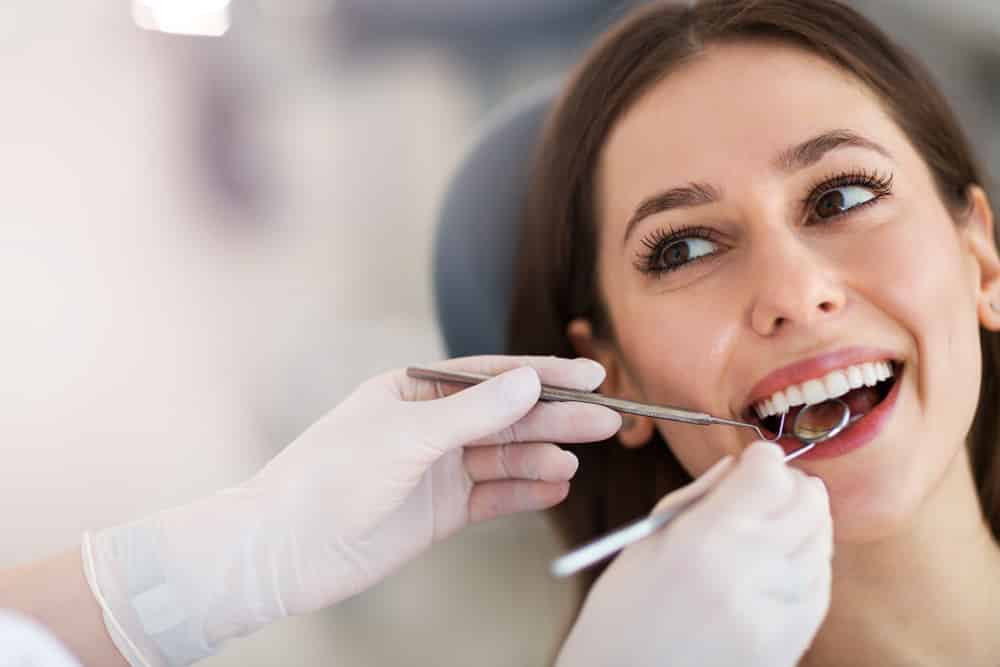Gum recession is a common dental condition where the gum tissue surrounding the teeth wears away or pulls back, exposing the tooth roots. This condition can lead to sensitivity, increased risk of tooth decay, and even tooth loss if left untreated. Fortunately, there are several Regrow Gums Treatments available that can help address gum recession and promote gum tissue regeneration. In this article, we will explore the various treatment options for regrowing gums, including professional interventions and at-home remedies, to provide readers with a comprehensive understanding of the available solutions.
Understanding Gum Recession
Gum recession, a common dental condition characterized by the exposure of tooth roots and the loss of gum tissue, necessitates a comprehensive understanding in order to effectively address the associated oral health concerns. The causes of gum recession can vary, but commonly include periodontal disease, aggressive tooth brushing, hormonal changes, genetic predisposition, and tobacco use. Periodontal disease, particularly when left untreated, can lead to the breakdown of the gum tissue and subsequent recession.
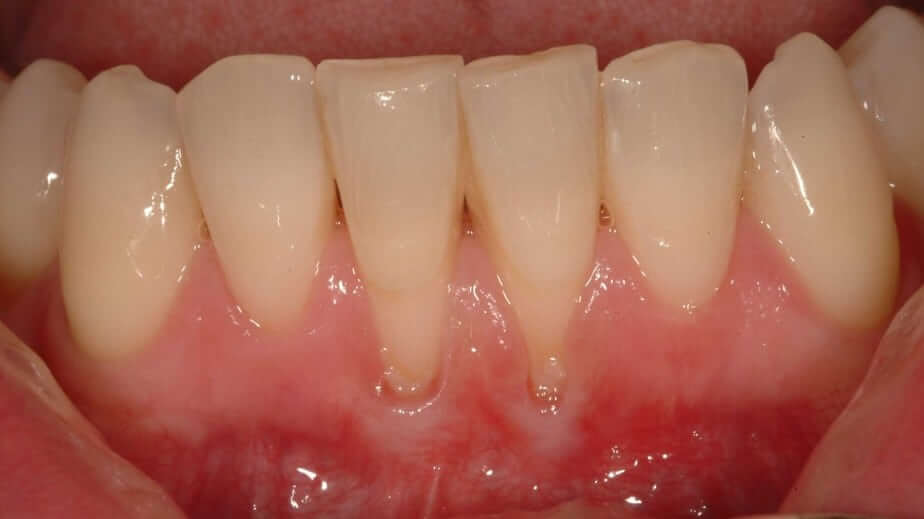
To prevent gum recession, individuals should adopt good oral hygiene practices, such as using a soft-bristled toothbrush and proper brushing technique, regular dental check-ups, and avoiding tobacco use. Additionally, maintaining a healthy lifestyle, including a balanced diet and managing stress, can contribute to overall gum health and reduce the risk of gum recession.
Identifying the Causes of Gum Recession
One possible cause of gum recession can be attributed to excessive brushing or aggressive tooth brushing techniques, which may erode the gum tissue over time. Other causes of gum recession include periodontal disease, where bacteria infect the gums and lead to tissue damage, as well as hormonal changes, such as those that occur during pregnancy or menopause. Additionally, smoking, poor oral hygiene, genetic predisposition, and certain medical conditions like diabetes can also contribute to gum recession. To prevent gum recession, it is important to maintain good oral hygiene by brushing and flossing regularly, using a soft-bristled toothbrush, and avoiding aggressive brushing techniques. Regular dental check-ups and professional cleanings can also help identify and address any early signs of gum recession.
Causes of Gum Recession |
Prevention Tips |
Excessive brushing or aggressive tooth brushing techniques |
Brush gently with a soft-bristled toothbrush |
Periodontal disease |
Practice good oral hygiene and visit the dentist regularly |
Hormonal changes |
Maintain overall health and manage hormonal fluctuations |
Smoking |
Quit smoking and seek professional help if needed |
Poor oral hygiene |
Brush and floss regularly, and use mouthwash |
Genetic predisposition |
Be aware of family history and take necessary precautions |
Medical conditions (e.g, diabetes) |
Manage medical conditions and seek professional advice |
Professional Treatments for Regrowing Gums
a) Gum Graft Surgery:
Gum graft surgery is a common dental procedure performed to cover exposed tooth roots and regenerate gum tissue. During the procedure, a periodontist or oral surgeon will take gum tissue from another part of the mouth, such as the palate, and transplant it to the area with gum recession. This helps increase gum thickness and provides protection to the exposed tooth roots.
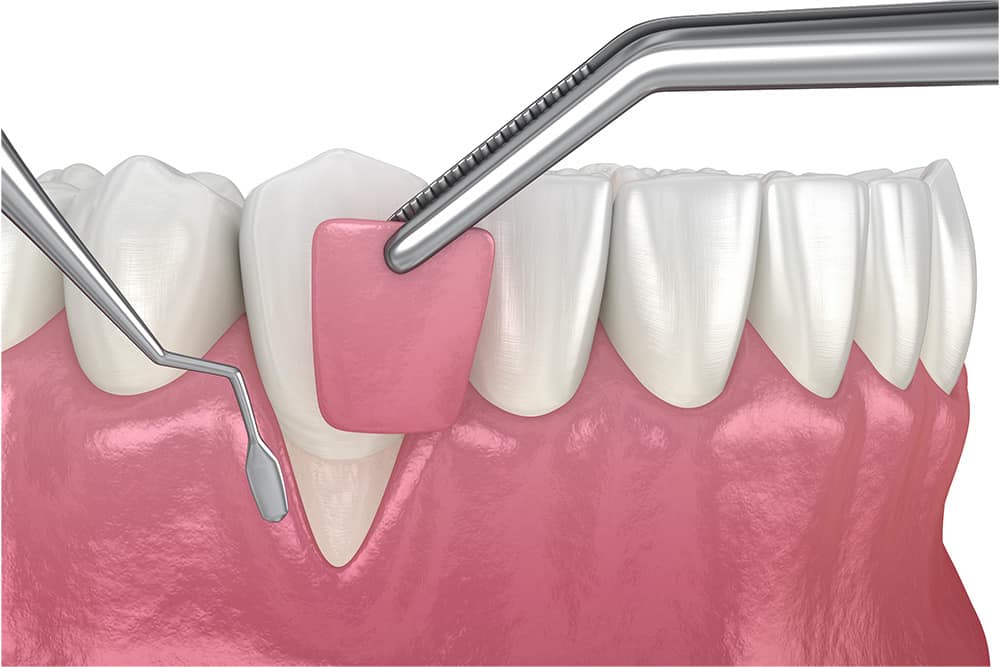
b) Pinhole Surgical Technique (PST):
The Pinhole Surgical Technique is a minimally invasive procedure used to treat gum recession without the need for grafting. During PST, a small hole is created in the gum tissue above the affected area, and special instruments are used to gently reposition the gum tissue over the exposed roots. This technique requires no sutures and results in less post-operative discomfort compared to traditional gum graft surgery.
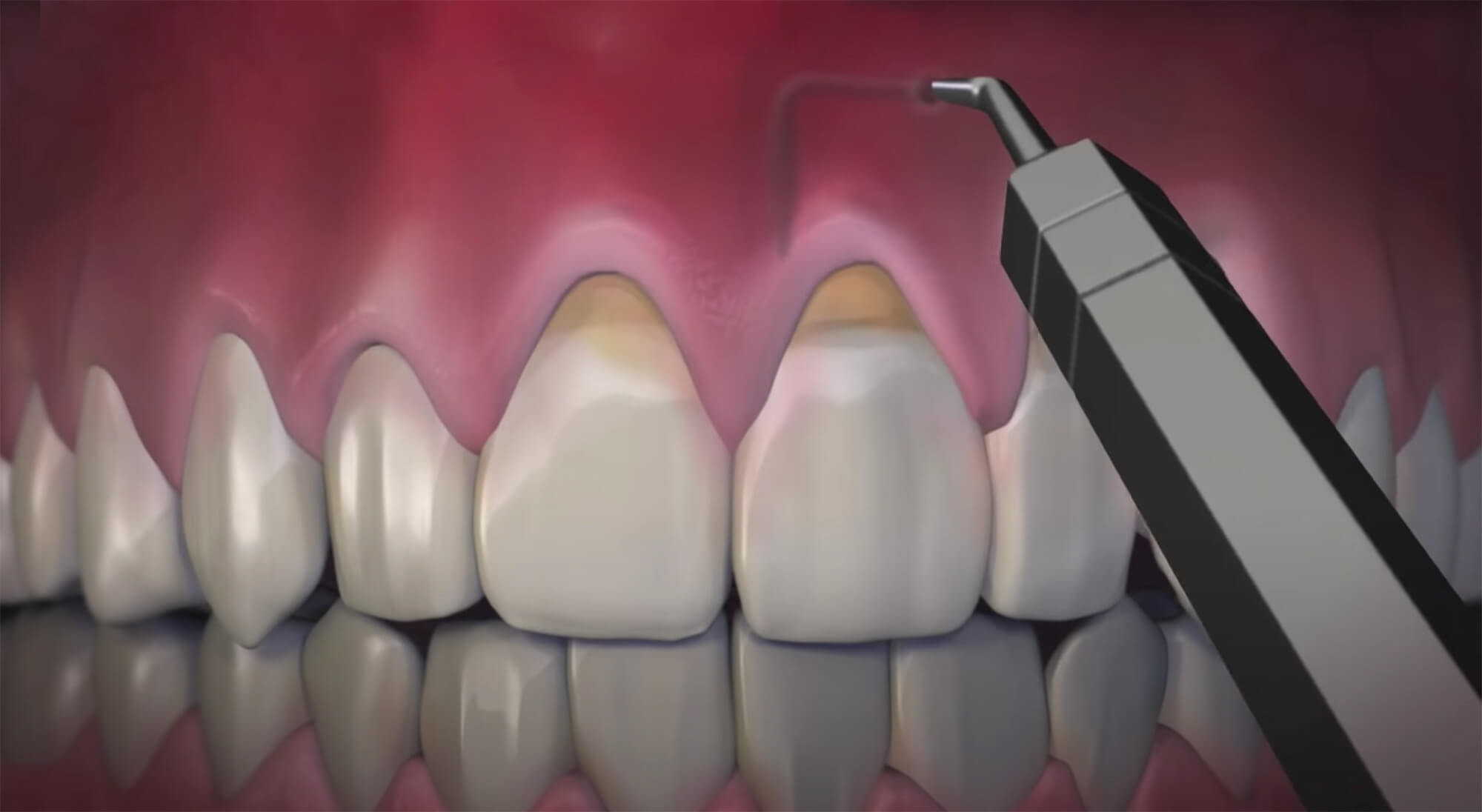
c) Guided Tissue Regeneration:
Guided Tissue Regeneration (GTR) is a regrow gums treatment that promotes the growth of new bone and gum tissue in areas affected by gum recession. During the procedure, a biocompatible material is placed between the gum tissue and the exposed tooth root to prevent unwanted tissue growth and allow new gum tissue and bone to regenerate.
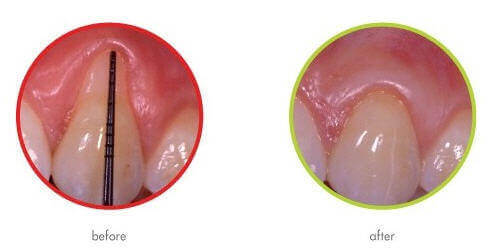
d) Gum Laser Therapy:
Gum laser therapy is a non-surgical treatment option for gum recession. During the procedure, a dental laser is used to remove bacteria and infected tissue from the affected area. The laser also stimulates the growth of new gum tissue, supporting the regeneration process.
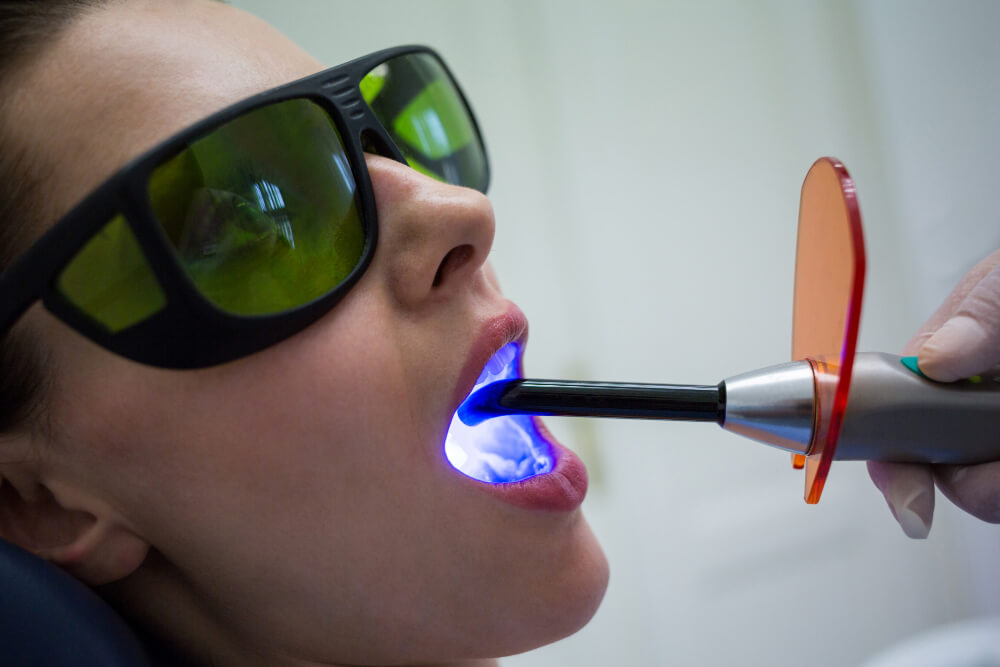
At-Home Remedies and Preventive Measures
In addition to professional treatments, there are several at-home remedies and preventive measures that individuals can incorporate into their daily oral care routine to promote gum health and prevent gum recession:
a) Proper Oral Hygiene:
Maintaining proper oral hygiene is crucial for gum health. Regular brushing, flossing, and using an antibacterial mouthwash can help remove plaque and prevent gum disease, which is a leading cause of gum recession.
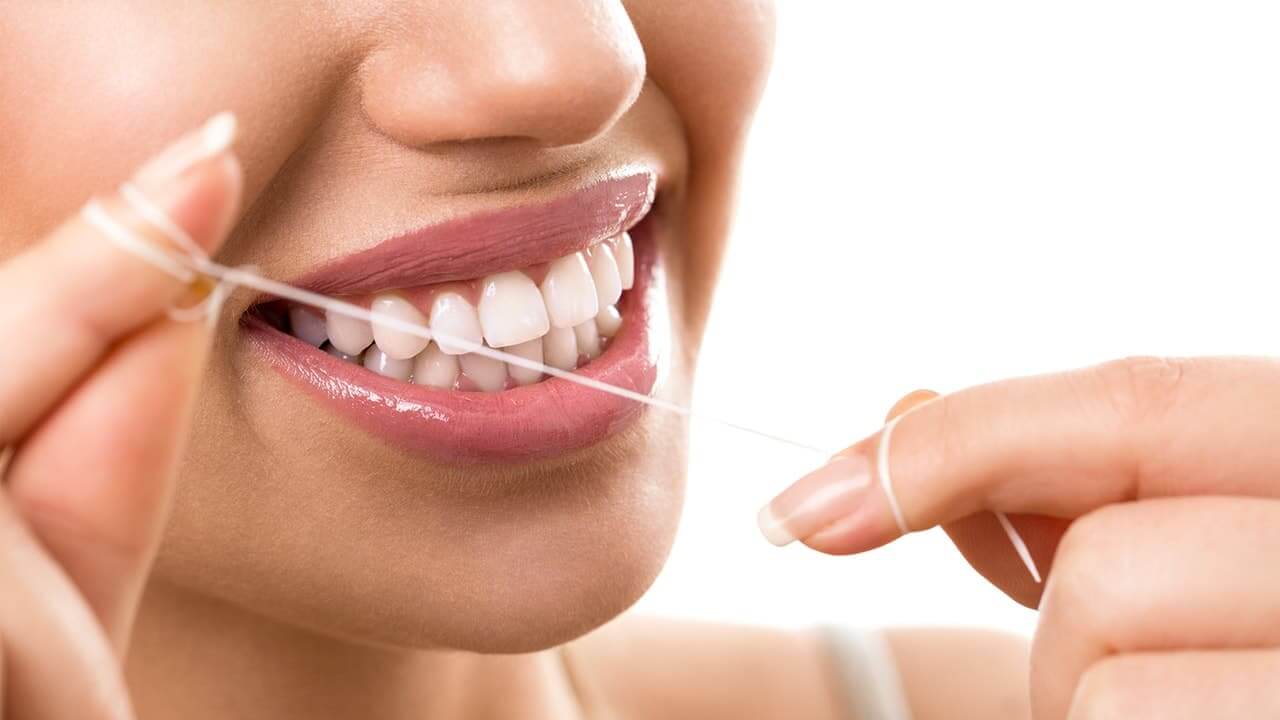
b) Use a Soft-Bristled Toothbrush:
Avoid using hard-bristled toothbrushes, as they can cause gum irritation and recession. Instead, opt for a soft-bristled toothbrush and use gentle, circular motions when brushing.
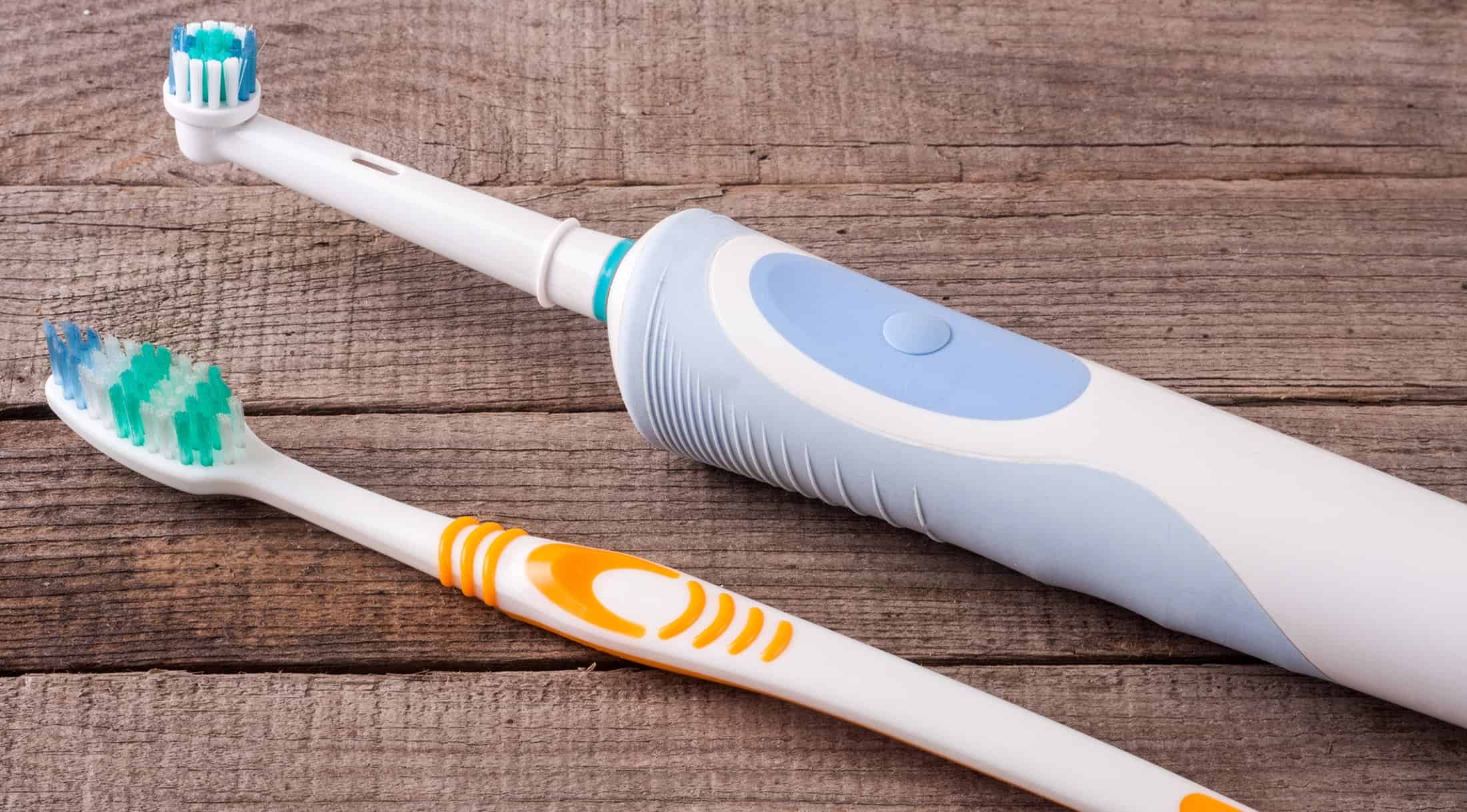
c) Avoid Aggressive Brushing:
If you have gum disease, seek treatment from a dental professional promptly. Managing gum disease effectively can prevent further gum recession and promote gum tissue regeneration.
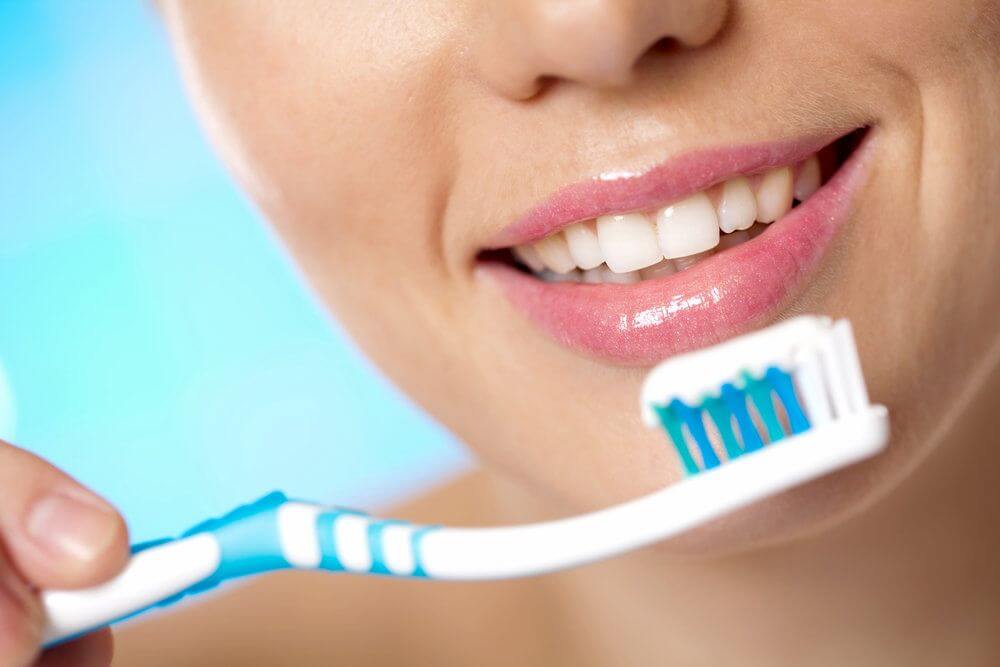
d) Stop Smoking:
Smoking is linked to an increased risk of gum disease and gum recession. Quitting smoking can significantly improve gum health and prevent further gum recession.

e) Manage Gum Disease:
If you have gum disease, seek treatment from a dental professional promptly. Managing gum disease effectively can prevent further gum recession and promote gum tissue regeneration.
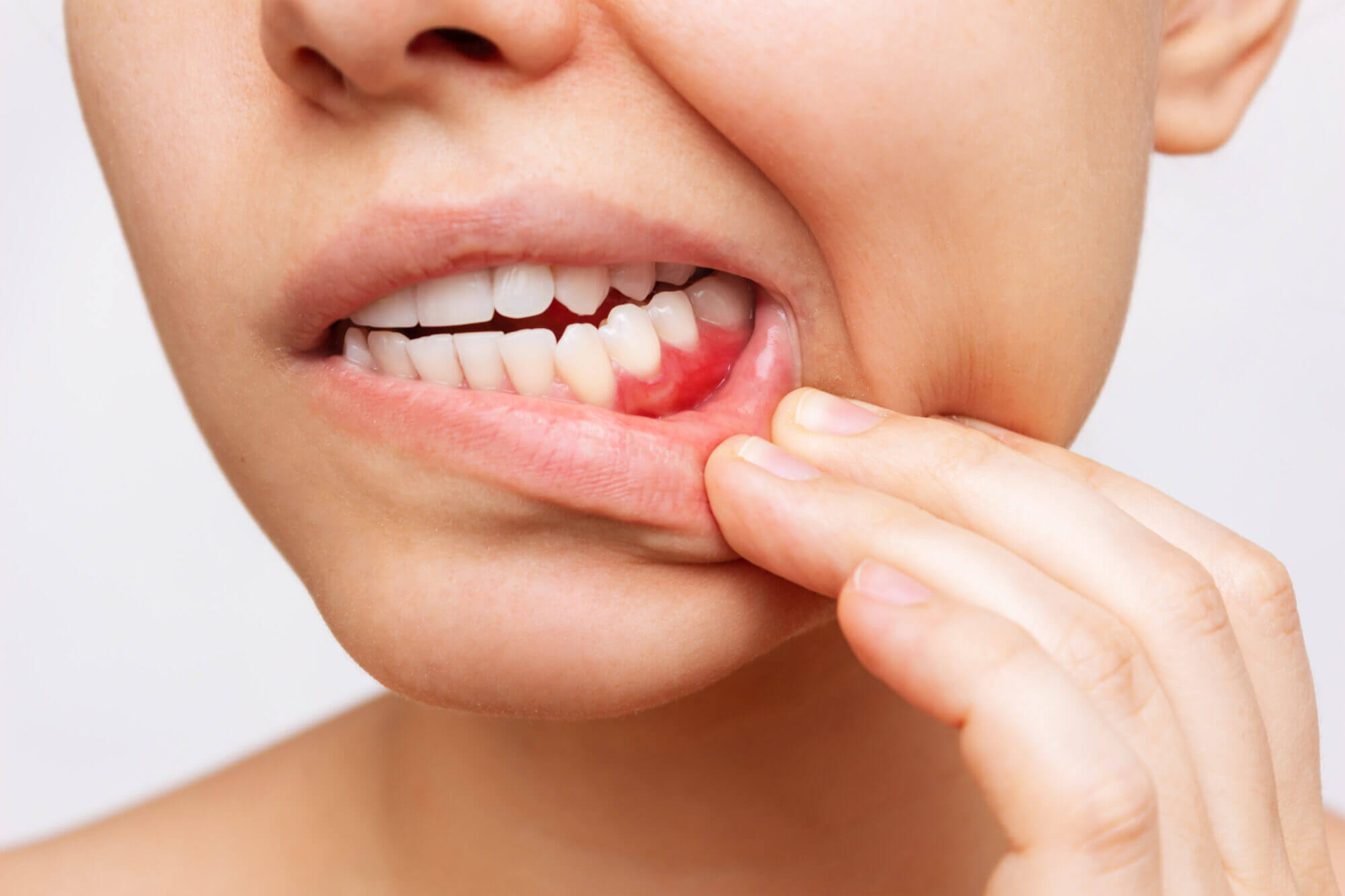
f) Maintain Regular Dental Check-ups:
Regular dental check-ups allow your dentist to monitor your gum health and address any signs of gum recession or gum disease early on.

Natural Remedies for Regrowing Gums
Some natural remedies may help support gum health and potentially aid in regrowing gums. While these remedies are not substitutes for professional treatments, they can be used in conjunction with professional interventions to promote overall gum health. Some natural options include:
a) Aloe Vera:
Aloe vera gel has natural anti-inflammatory properties and can soothe irritated gums. Applying a small amount of aloe vera gel directly to the affected gum area may help reduce inflammation and promote gum tissue healing.

b) Green Tea:
Green tea contains antioxidants that may help reduce gum inflammation and support gum health. Drinking unsweetened green tea regularly can contribute to maintaining healthy gums.

c) Vitamin C:
Vitamin C is essential for collagen production, which plays a crucial role in gum tissue regeneration. Consuming foods rich in vitamin C, such as citrus fruits, strawberries, and kiwi, can support gum health.

d) Oil Pulling:
Oil pulling, using oils like coconut or sesame oil, is an ancient practice known for its oral health benefits. Swishing a tablespoon of oil in the mouth for about 15-20 minutes can help remove harmful bacteria from the mouth and support gum health. Afterward, spit out the oil and rinse the mouth with water.
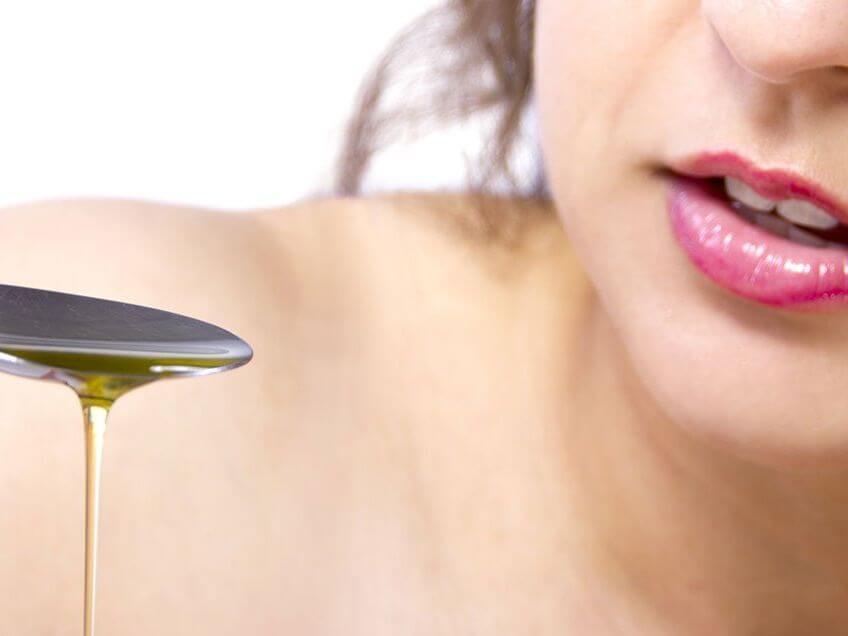
Maintaining Long-Term Gum Health
To maintain long-term gum health and prevent further gum recession, individuals can explore the use of gum health supplements and focus on improving gum circulation.
Additionally, improving gum circulation plays a crucial role in maintaining gum health. Adequate blood flow to the gums ensures the delivery of oxygen and nutrients essential for tissue repair and regeneration. Individuals can enhance gum circulation by practicing good oral hygiene, including regular brushing and flossing, as well as massaging the gums gently. Incorporating these strategies into a daily routine can contribute to the long-term health of the gums and aid in preventing gum recession.
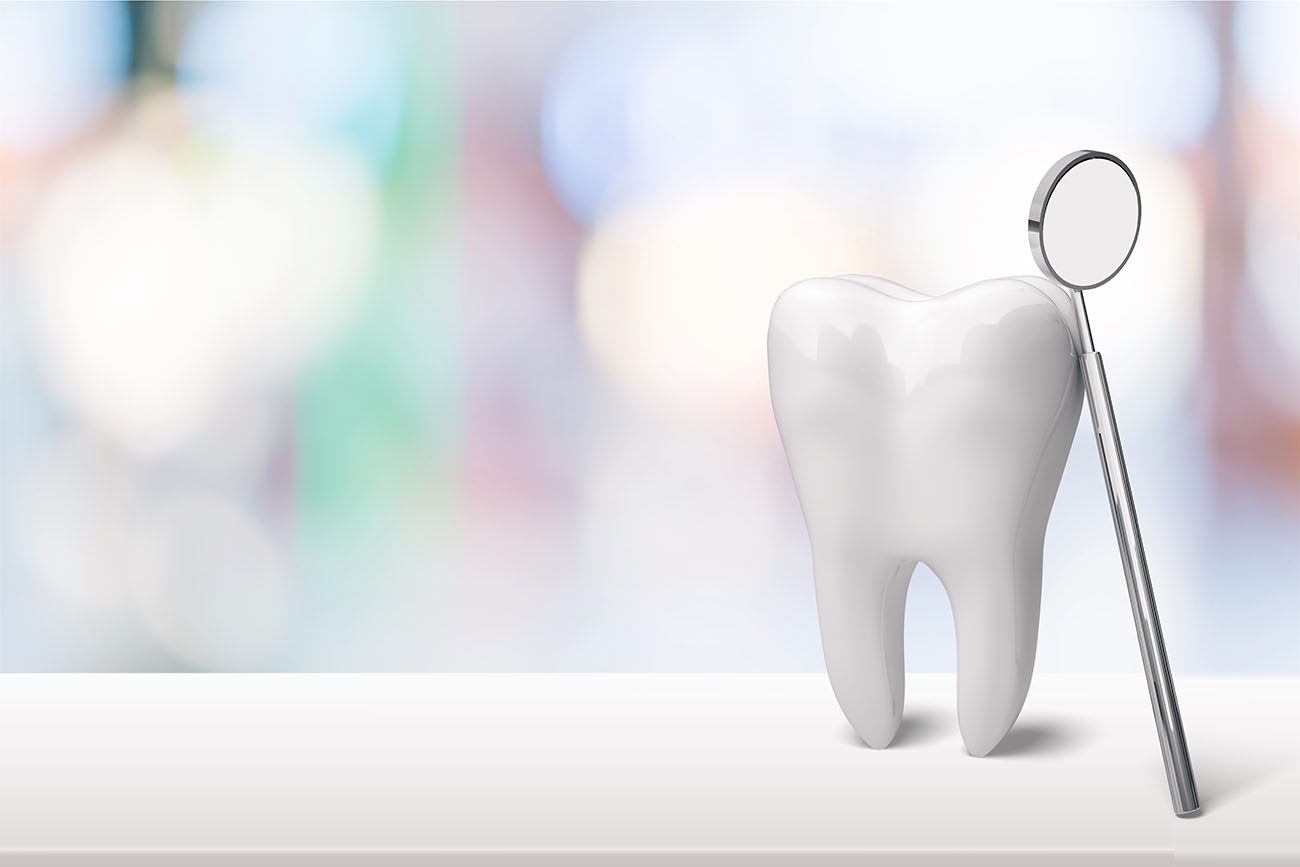
Frequently Asked Questions
What is gum recession, and why is it a cause for concern?
Gum recession is a dental condition where the gum tissue surrounding the teeth wears away or pulls back, exposing the tooth roots. This can lead to tooth sensitivity, an increased risk of tooth decay, and even tooth loss if left untreated. It is a cause for concern because it can compromise oral health and affect the appearance of the smile.
What are some professional treatments available for regrowing gums?
Several professional treatments are available for regrowing gums. These include gum graft surgery, Pinhole Surgical Technique (PST), guided tissue regeneration (GTR), and gum laser therapy. Gum graft surgery involves transplanting gum tissue to cover exposed tooth roots, while PST is a minimally invasive technique that repositions gum tissue. GTR promotes new bone and gum tissue growth, and gum laser therapy removes bacteria and stimulates gum tissue regeneration.
What are some at-home remedies and preventive measures to support gum health and prevent gum recession?
At-home remedies and preventive measures to support gum health include maintaining proper oral hygiene practices such as regular brushing, flossing, and using an antibacterial mouthwash. It is essential to use a soft-bristled toothbrush and avoid aggressive brushing. Quitting smoking, managing gum disease, and attending regular dental check-ups are also crucial for preventing gum recession.
How can natural remedies like Aloe Vera, Green Tea, and Vitamin C help with regrowing gums?
Natural remedies like Aloe Vera gel have anti-inflammatory properties, which can soothe irritated gums. Green tea contains antioxidants that reduce gum inflammation, and Vitamin C is essential for collagen production, supporting gum tissue regeneration. These remedies can complement professional treatments and promote overall gum health.
Are there any specific dietary changes or supplements that can help promote gum regrowth?
Dietary changes and supplements can potentially promote gum regrowth. Certain nutrients like vitamin C, vitamin D, and omega-3 fatty acids may support gum health. However, professional dental treatment may still be necessary for optimal results.
Conclusion
Gum recession is a prevalent dental condition that requires prompt attention and appropriate regrow gums treatments to prevent further complications. Professional treatments, including gum graft surgery, Pinhole Surgical Technique, guided tissue regeneration, and gum laser therapy, offer effective options for addressing gum recession and promoting gum tissue regeneration. In addition to professional interventions, maintaining proper oral hygiene, using a soft-bristled toothbrush, and avoiding aggressive brushing are crucial for preventing gum recession.
Incorporating natural options such as Aloe Vera, Green Tea, Vitamin C, and Oil Pulling can complement professional interventions and promote overall gum health. By maintaining proper oral hygiene practices and seeking advice from a dental professional, individuals can take proactive steps towards preventing gum recession and achieving optimal gum health. With a holistic approach to oral care, regrowing gums becomes a possibility, allowing individuals to enjoy healthy smiles and overall well-being.

